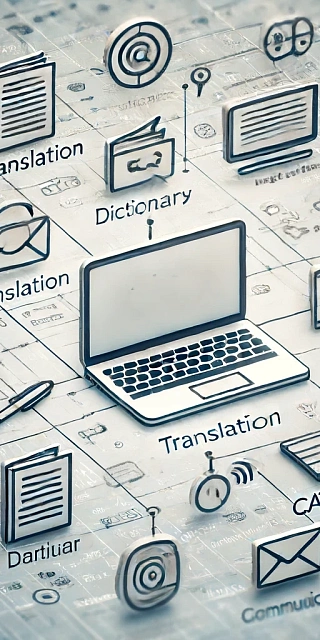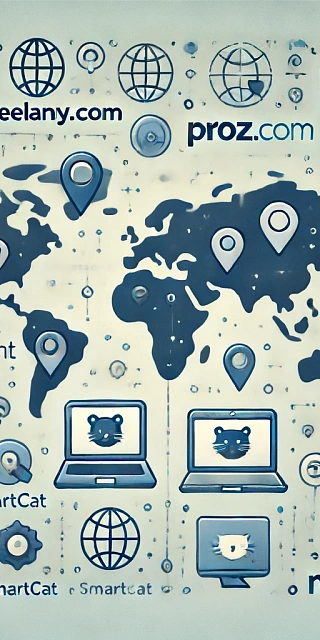Translators play a crucial role in bridging cultural and linguistic divides. To excel in this profession, highly effective translators adopt certain habits that ensure quality, efficiency, and client satisfaction.
Freelanly Blog
-
8 July 2024
In the
fast-paced world of freelance translation, consistently marketing your services is crucial for maintaining a steady stream of clients and income. This article will provide actionable strategies to market your translation services effectively. -
5 July 2024
In the dynamic world of translation, having the right tools can make a significant difference in efficiency, accuracy, and overall success.
-
3 July 2024
Freelance translation offers great flexibility and opportunities, but avoiding common pitfalls is crucial for success. Here’s how to navigate the challenges effectively.
-
1 July 2024
Freelance translation is a competitive field, requiring innovative marketing strategies to stand out. Here are six effective strategies to boost your visibility, attract clients, and grow your freelance translation business.
-
28 June 2024
The translation industry is undergoing a rapid digital transformation. Gone are the days of relying solely on physical documents and traditional communication channels. Today, successful translators must embrace the online world, leveraging digital platforms to streamline their workflow, expand their network, and stay ahead of the curve. This article explores a curated selection of online platforms that every translation professional should have in their arsenal.
-
26 June 2024
In today’s
fast-paced and globalized world, translators need the best tools to succeed. Here’s a guide to the top online platforms every translation professional should be using. -
24 June 2024
Building
long-term client relationships is essential for sustained business success. Here are five actionable tips to help you foster and maintain these valuable connections. -
21 June 2024
Discover the top language industry events you can’t afford to miss and understand the compelling reasons to attend them, boosting your career and expanding your professional network.
-
19 June 2024
Navigating multiple passions as a translator can seem overwhelming, but discovering your niche is both possible and empowering. Let’s explore strategies to identify and thrive in your unique niche.









